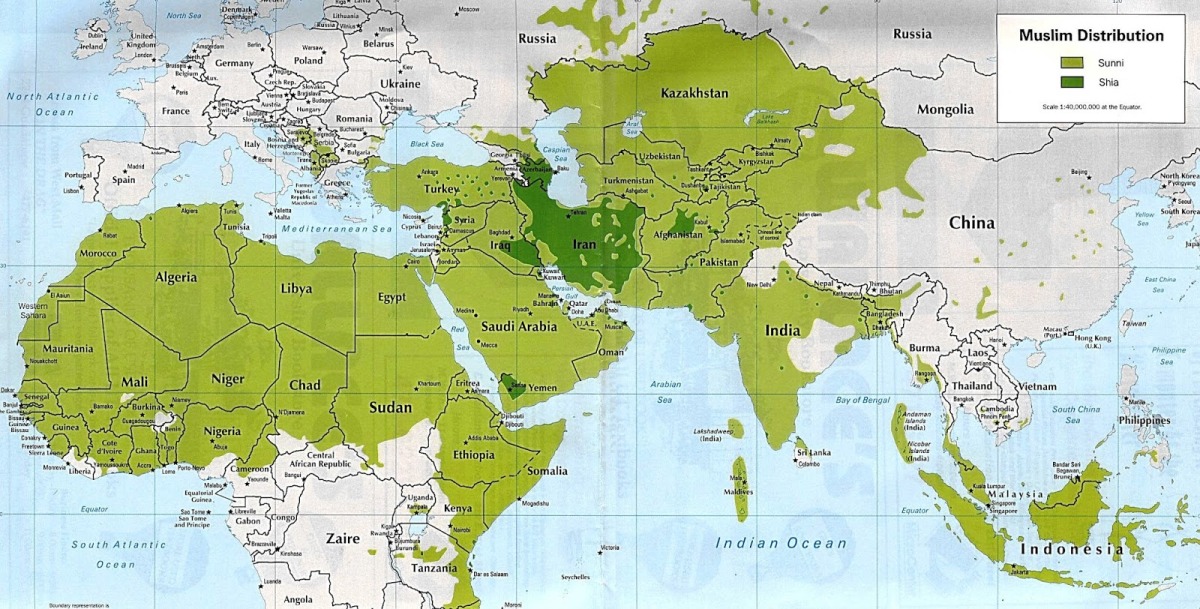I have by now expended all of the things that I wanted to write about, and that were easy to write about. I now want to embark on something far more ambitious, something much much larger in scope that what I have attempted so far.
I now want to do a series of blog posts about Indian History. The idea is to start from where the Mughal Dynasty really starts – that is from Akbar, and from that point, on, trace political developments across the Major Emperors – Akbar, Jahangir, Shah Jahan and Aurangzeb. Next, I will cover the period of semi-anarchy – that starts from 1707 with the death of Aurangzeb, and ends only in 1803 – almost a 100 years – when the British gain Delhi.

Finally, there is the period from 1803 onwards, when the flow of Indian History takes a new turn, for this is the start of the “Modern Age” in India. A lot changes – methods of warfare, politics, employment patterns and urbanization.
[While it will still be a few years at this point before the British gain paramountcy over India – the Marathas are conclusively defeated only in 1818, the Sikhs only by 1848, and then there is the revolt of 1857, in which they are nearly swept away, 1803 seems like a watershed.]

Overall, this period in Indian History is very well documented. A tremendous number of foreign travelers visited India during this period, and all of them left very good records, most of which are still available. The Daily “Akhbar” (literally newspaper), which were news reports compiled by the Mughal Empire about itself are also available to us from the time of Jahangir on.
And as things become more and more recent, we have more and more details on it. To the extent that today, almost 70 years after the passing of theBritish Indian Empire, most of the laws that it was governed by are still on the books!
Therefore one thing is certain – there is no dearth of sources about the period on which we intend to write about. What then do we intend to be our unique contribution by our writing?
Writers of India’s history
The writing of India’s History, it is not something that is a very unique project. India, as an old country, has long attracted the attention of budding historians.
For instance, over the period we intend to cover, there was the historian Ferishta who lived in the Kingdom of Bijapur (Southern India) in the 1590s. He was a foreigner, having been born on the shores of the faraway Caspian Sea, and came to India, seeking a fortune. He seems to have done well for himself, for he was requested by the Sultan of Bijapur himself, to write a history of India. And the choice of Ferishta to do this task, does seem to have been wise, for indeed, the history he compiled is considered as one of the standard works on Indian History. (You can read it here in full.)
[Ferishta’s life might seem very adventurous to us, for the Caspian Sea is 2000 kilometers (1250 miles) away from Khyber Pass, the gateway to India, from where again its another 2000 kilometers to Bijapur. But here one must remember, that for Ferishta, and for others in that time this was NOT something very momentous. For indeed, even after travelling 4000 kilometers, Ferishta was still safely within the borders of the Islamic Caliphate. For the sake of comparison, this just like an adventurer from say, Scotland, would think of travelling to India 200 years later. Indeed many did, for instance, see here).

And, just like Ferishta, who traveled such a long distance, found a home in India, became curious about his adopted land, and wrote a history of it, many others did too. For instance, in the British Period, we had HG Keene, Perceival Spear, and many others. For someone contemporary, but less of a historian than a storyteller, we have Dalrymple or for someone more substantial in intellect and depth of writing, see Elst.
But this is not what I’m after.
